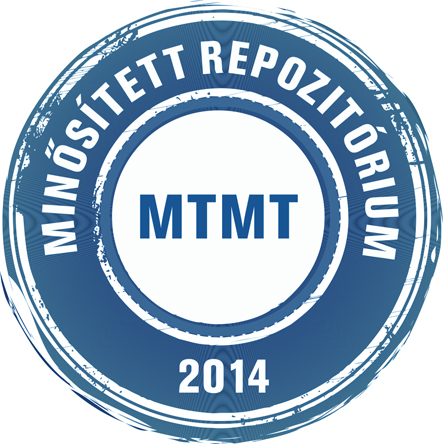Farkas Gábor Farkas: Az 1572-es szupernóva magyar forrásai. In: Acta historiae litterarum hungaricarum, (29). pp. 47-58. (2006)
Előnézet |
Cikk, tanulmány, mű
hist_litt_hung_029_047-058.pdf Letöltés (1MB) | Előnézet |
Absztrakt (kivonat)
The new star mentioned in this manuscript is the supernova observed all over the world in 1572. The famed celestial phenomenon appeared in the Cassiopeia constellation. It is one of the seven Supernovae found in our galaxy, observable from the Earth and reliably documented in the past two thousand years. The appearance of the new star in 1572 and its later disappearance caused a serious change in European scientific life and theological thinking, like the Copernicus writing published in 1543, considered as a landmark of Western culture. The astronomical knowledge based on Aristotle and Ptolemy was radically challenged by the appearing celestial object, as the birth of a new star contradicted the Aristotelian-Ptolemaic cosmology, which claimed that the sphere of the fixed stars is constant. As for Hungarian sources, we only knew about a few, mostly one or two sentences long, loosely or uncertainly dated statements, which do not originate from the same time, but (with one exception) from the 17th century. There are about fifty authors known who wrote something about the new star of 1572. The author of our manuscript is unknow, but he might have been the student of Peucer. Esrom Riidinger (1523-1590), mentioned in the manuscript, was a German philologist and theologian, professor of Greek language in Wittenberg. András Dudith (1533-1589), the Hungarian humanist, was encouraged by him to write the famous tract on comets published in 1579, so it is not a coincidence that Riidinger was also concerned about the new star. Although there is no proof that the Advent sermon by Friedrich Widebram (1532-1585), the German Lutheran mentioned in our manuscript actually came out in print, but an earlier poem of the Wittenberg cleric, written about the comet of 1566, was published. As for the content of the text about the new star, it can be divided into three parts. The first part is presumably a short summary of Peucer and Rtidinger's lectures held for their students by the enthusiastic but doubtful professors at the university of Wittenberg after the early observations in November and the first days of December. The second part may originate basically from Peucer, one of the developers of the Wittenberg Protestant historical approach, as it contains a list of political events that - according to his opinion - were caused by the 1572 comet. The third part is a fraction of the sermon held by the cleric of the Wittenberg castle church on the second Sunday of Advent. Besides its importance in the history of astronomy, another significant aspect of the studied manuscript is offered by the predictions connected to the new star. Most of these interpreted the appearance of the supernova as a celestial phenomenon marking the last Advent of Jesus Christ like a Bethlehem star.
| Mű típusa: | Cikk, tanulmány, mű |
|---|---|
| Befoglaló folyóirat/kiadvány címe: | Acta historiae litterarum hungaricarum |
| Dátum: | 2006 |
| Kötet: | 29 |
| ISSN: | 0586-3708 |
| Oldalak: | pp. 47-58 |
| Nyelv: | magyar |
| Befoglaló mű URL: | http://acta.bibl.u-szeged.hu/40196/ |
| Kulcsszavak: | Csillagászat művelődéstörténet, Művelődéstörténet magyar 16. sz., Természettudomány, Művelődéstörténet |
| Megjegyzések: | Bibliogr. a lábjegyzetekben; Ismertetett mű: Farkas Gábor Farkas: Hungarian sources of the 1572 supernova |
| Feltöltés dátuma: | 2016. okt. 15. 07:05 |
| Utolsó módosítás: | 2021. ápr. 20. 09:43 |
| URI: | http://acta.bibl.u-szeged.hu/id/eprint/1066 |
 |
Tétel nézet |



